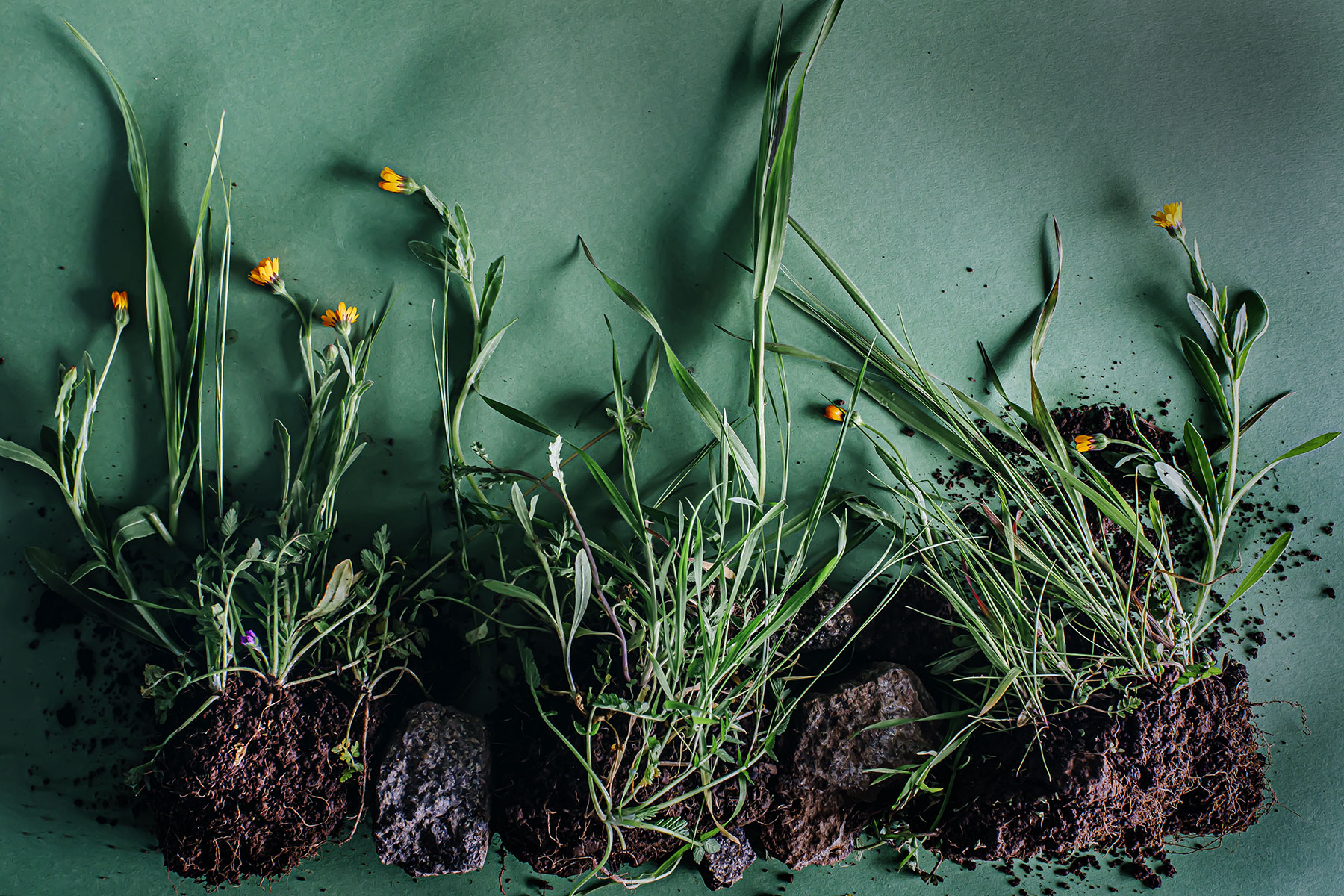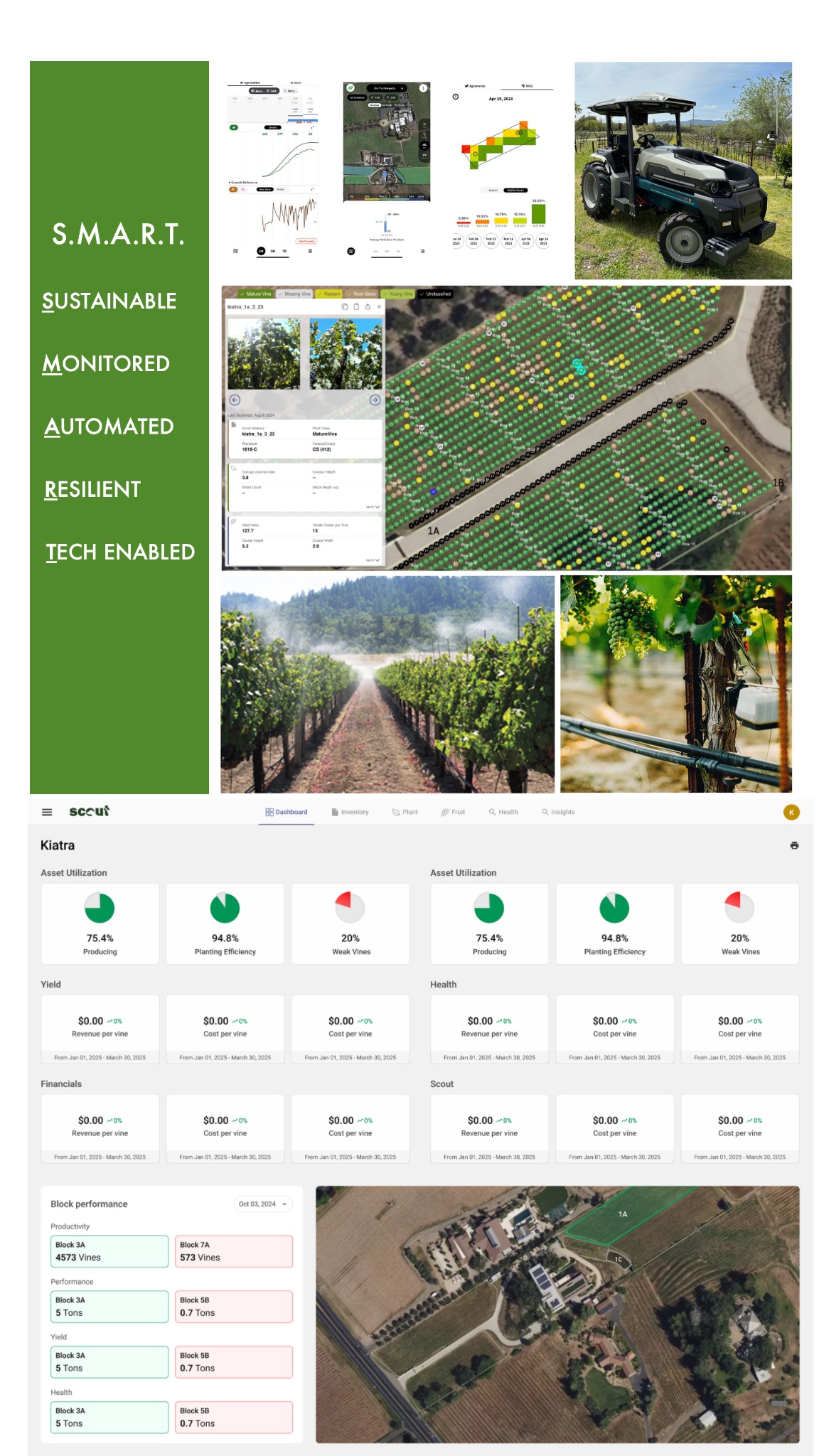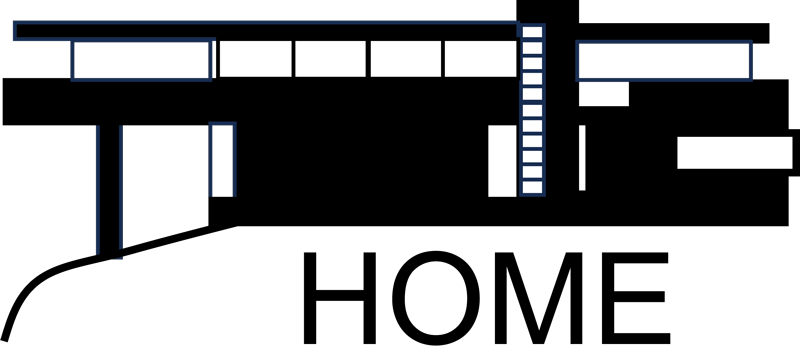VINEYARDS

Farming Philosophy
Our estate vineyard KIATRA was planted in 2012 and has been farmed organically since the outset. Over the last decade we have pursued a keenly intentional focus on soil health and regenerative farming practices to ensure that the vines remain healthy and continue to offer the promise of great vintages for decades ahead.
KIATRA vineyard is now under the stewardship of Phil Coturri and his highly skilled team at Enterprise Vineyards. Phil and his team have pioneered and utilized organic and bio dynamic farming methods since the 1970’s to achieve the highest level of land stewardship and resource use.
At NEOTEMPO, we believe that all great wines show a place and time and that 80% of the wine is made in the vineyard. We believe the vineyard is not a factory—but a living, breathing ecosystem.
Our estate vineyard KIATRA was planted in 2012 and has been farmed organically since the outset.
KIATRA vineyard is now under the stewardship of Phil Coturri and his highly skilled team at Enterprise Vineyards. Phil and his team have pioneered and utilized organic and biodynamic farming methods since the 1970s to achieve the highest level of land stewardship and resource use. Phil and his team oversee all our farming and fruit sourcing from vineyards that he manages using organic, biodynamic, and regenerative practices.
We scale these practices using our holistic AI enabled farm monitoring technology we call S.M.A.R.T.
Our intentional focus on SMART Farming and sustainable farming practices ensure that the vines remain healthy and continue to offer the promise of great vintages for decades ahead. These practices also directly impact the quality and the sensory elements of our wines.
Here’s how our farming practices directly impacts the quality of our wines:
Enhanced Terroir Expression
Improved Fruit Quality & Flavor Complexity
Lower Yields, Higher Concentration
No Chemical Residue
Sensory Attributes Frequently Attributed to Organic + Biodynamic Wines
. A quality some describe as “vibrational” or “alive”
S.M.A.R.T. FARMING FOR OUR VINEYARDS
Today growers are facing an unprecedented challenge of having to farm crops while being hampered by a shortage of labor, increasing costs and climate uncertainty.
We believe that the best vineyards are farmed in a sustainable manner, farmed by experienced vineyard management teams leveraging both their farming experience and farmer’s intuition, plus data and automated actions from precision farming technologies.
Ultimately plant level focus brings the best of any place into the wine, and helps vineyards endure for generations.
We are developing a systems approach to enhance modern sustainable farming for use in vineyards and we call it S.M.A.R.T.
S.M.A.R.T. is an acronym for Sustainable, Monitored, Automated, Resilient, and Tech Enabled. Phil calls it SMARTi and always adds intuition which we fully agree with and is often what makes farming art and not just science. Technology can help guide your intuition or your intuition can guide how you interpret the dats. Both are needed in scaling quality. We harvest data to make better decisions vintage after vintage.
In 2024, we captured and analyzed over 150,000 photos of each of our vines and used AI to identify patterns and where we can improve our farming.
We strongly believe in the future of sustainable farming powered by emerging precision farming technologies to improve the quality of fruit while lowering emissions, cost of farming and making us more resilient to extreme climate events. Data driven decision making allows for faster reaction to weather changes and proactive and predictive measures. We are creating a climate resilient playbook to be able to respond to the change in climate.
Our approach is to collaborate with farmers, entrepreneurs, and members of the academic community to build a set of capabilities that helps shape and evolve this vision. We believe this will be a journey which will bring transformative change to how we farm in the future and our success relies on everyone collaborating closely to pave the path forward.
We share our framework and use cases openly with other growers at smart-farm.ai
In 2021 and 2022 season, we manually scouted every plant at Kiatra vineyard to identify places we could make improvements. This approach of vine level management is uncommon and time consuming yet is the only way to ensure maximizing quality. We inspected every plant in our vineyards three times during the growing season – during 50% version, pre-harvest and after harvest to inspect final vigor and map issues. In the 2022 season during the heat waves of September, we irrigated our vines in the early morning to mid afternoon in order to help the vines hydrate and stay on path. Then we shined the fruit after the rain to maximize the phenolic ripeness of the fruit. We then walked the entire vineyard during the day and dropped any small clusters that had been impacted from the heat.
In 2021 our co-founder Kia Behnia took the UC Davis wine executive program and met professor Mason Earles and started a new AI based software company called Scout www.agscout.ai with a mission to apply vine level insights to precision farming practices.
Scout has been in production at Kiatra Vineyards since the 2023 season and will be expanding to other sites that we source grapes from.
KIATRA VINEYARDS
Technical Details
The Kiatra vineyard lies at the southern end of the renowned Napa Valley just minutes south of the Stags Leap AVA and Yountville AVA and east of the Oak Knoll AVA. Viticulture at this site goes back to 1850’s with active vineyards over the last 40 years.
At this site the grape growing season is longer—cooler in summer than the warmer Upper Valley and drier in winter allowing soils to warm earlier in the spring. The marine influence is strong here with foggy mornings and cool summer nights. Summer daytime temperatures can average 10°F cooler than St. Helena. This creates the longest growing season in the valley, providing early bud break and a long, leisurely growing season for optimal, balanced ripeness. The cooler nights and slowly rising daytime temperatures create a naturally long hang time for fruit to achieve bright acidity, great texture, fruit-forward aromas and elegant flavors.
Block 1a: East (67°) to West (274.5°)
Block 1b: East (67°) to West (274.5°)
Block 2a: Northeast (25°) to Southwest (240.5°)
Block 2b: Northeast (25°) to Southwest (240.5°)
Block 3a: East (67°) to West (274.5°)
Block 3b: East (67°) to West (274.5°)
Block 1a:Haire loam with some outcrop complex
Block 1b: Haire loam with some clay
Block 2a: Outcrop complex
Block 2b: Outcrop complex
Block 3a: Haire loam
Block 3b: Haire loam
Block 1a: Cabernet Sauvignon: Clone 412 on Rootstock: 1616c
Block 1b: Cabernet Sauvignon: Clone 412 on Rootstock: 1616c
Block 2a: Cabernet Sauvignon: Clone 338 on Rootstock: Schwartsman
Block 2b: Cabernet Sauvignon: Clone 338 on Rootstock: Schwartsman
Block 3a: Cabernet Sauvignon: Clone 338 on Rootstock: Schwartsman
Block 3b: Cabernet Sauvignon: Clone 685 on Rootstock: Schwartsman



